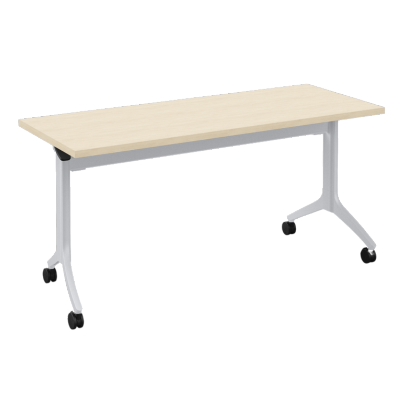- What's New
- Pricing & Purchasing
- Lead Times
- Literature & Samples
- Services & Warranties
- Careers
- Find a Rep
Explore Apply® Stack Chair
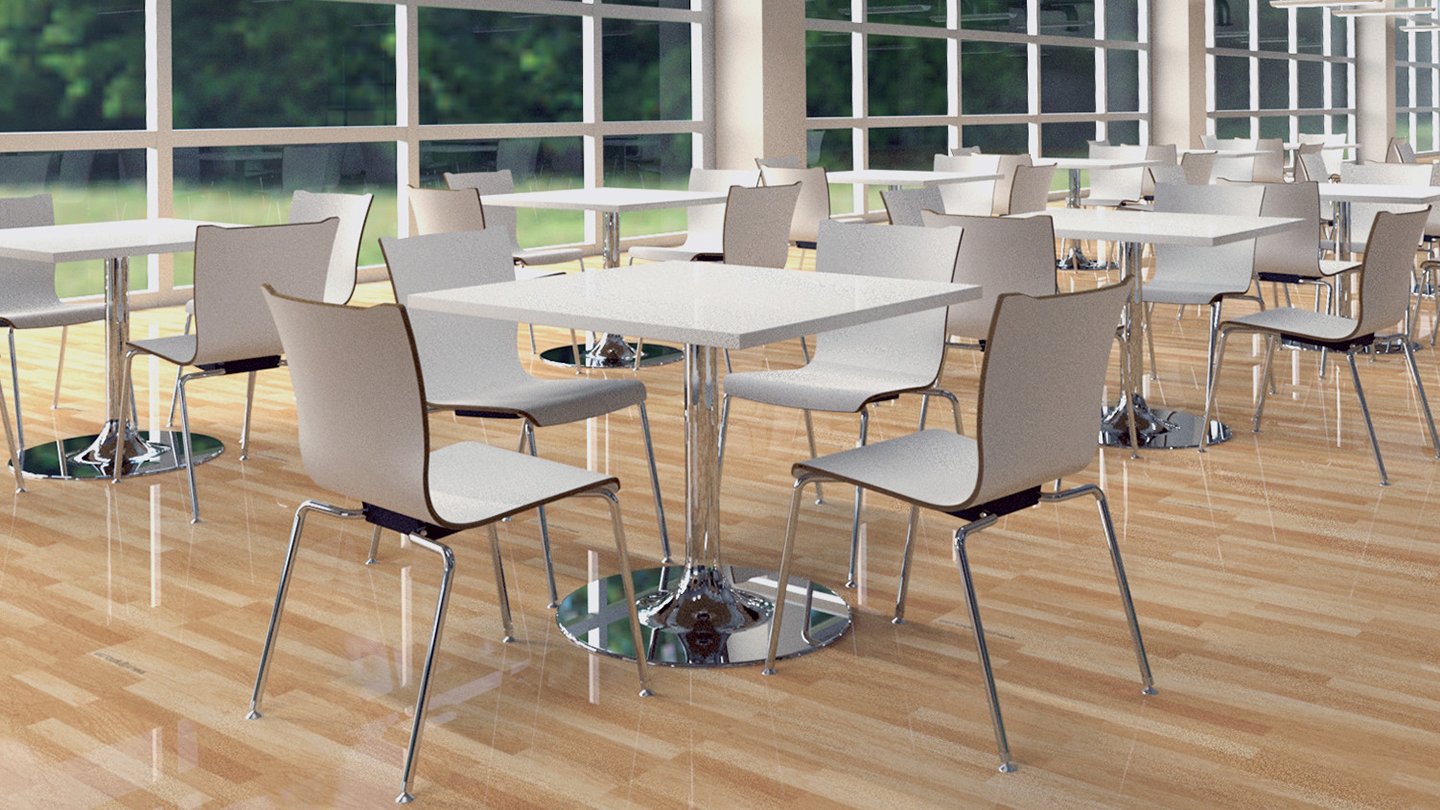

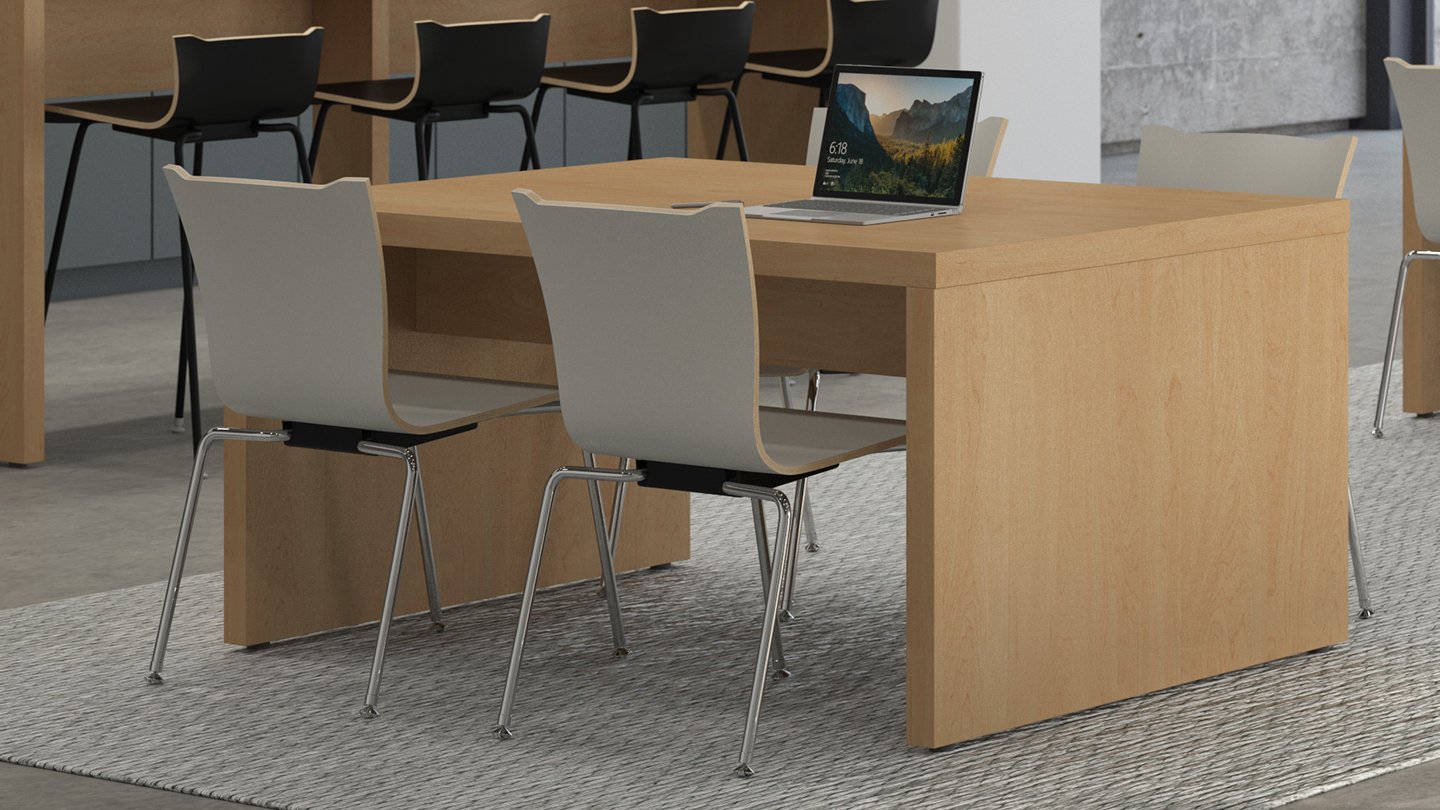
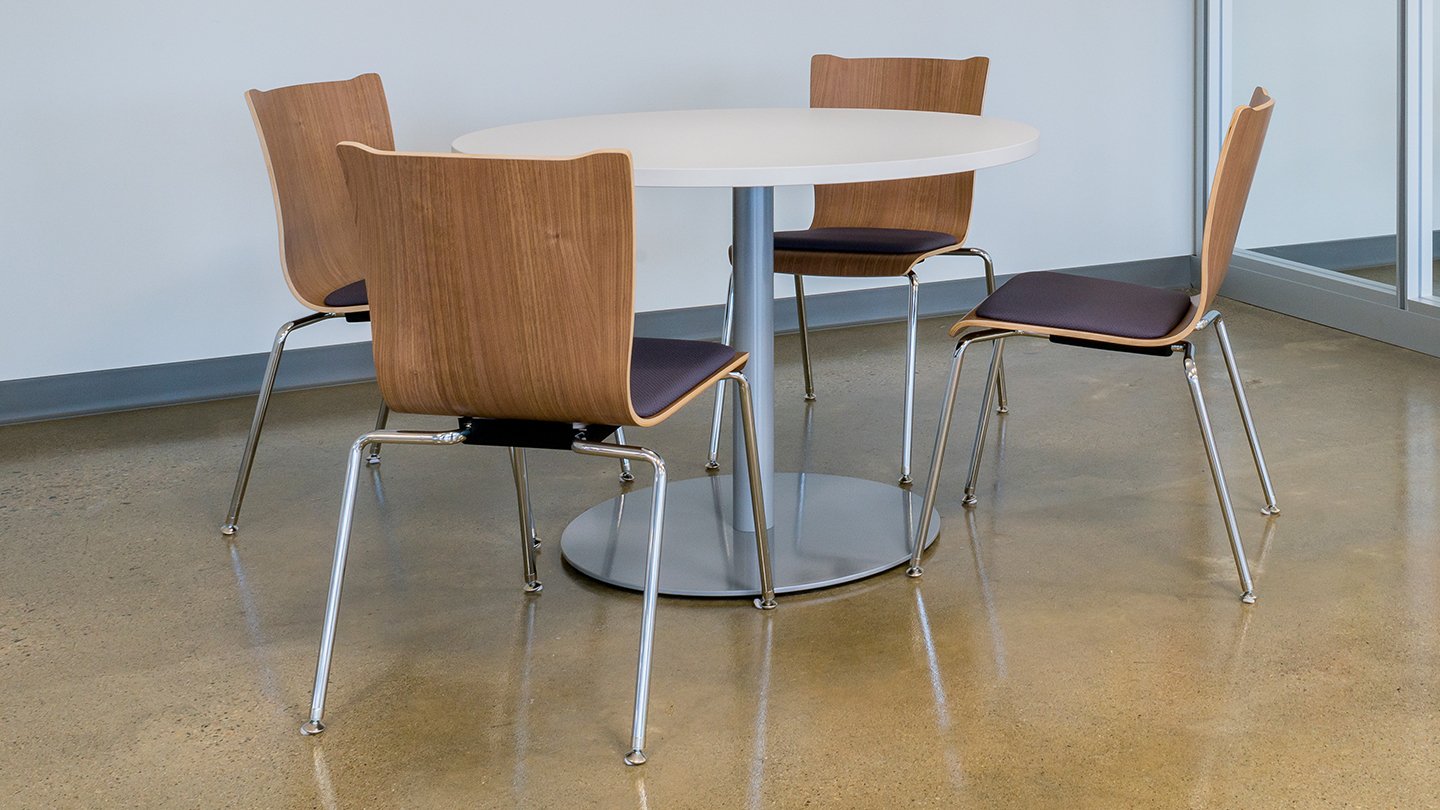
Elegant Versatility
Apply offers a stylish and versatile seating solution anywhere elegant, yet practical stack seating is needed. Its timeless design and diverse options ensure it remains a chic, yet durable choice for many.
Features
- Contoured, elegant, and durable
- Four-leg or sled base styles
- Laminate or optional upholstered seat
- Armless
- Stacks 15-high on dolly or six-high on the floor
Construction
- One-piece wood shell is constructed with formed plywood
- Legs are formed from .75" tubular steel
- 4-leg chair has swivel glides; sled-base chairs have optional add-on glides
- Transport dolly has two swivel and two fixed 5" wheels
Product Highlights
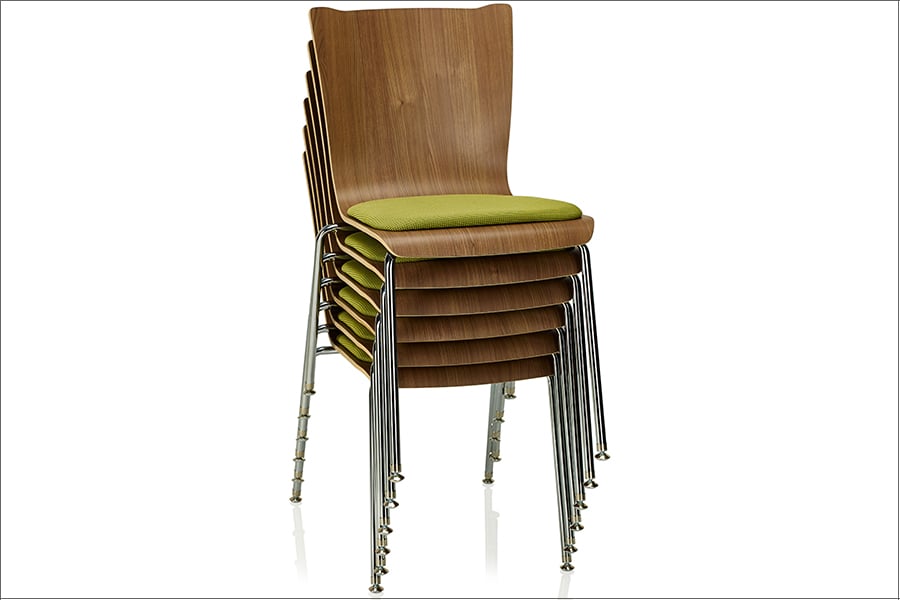
Stackable
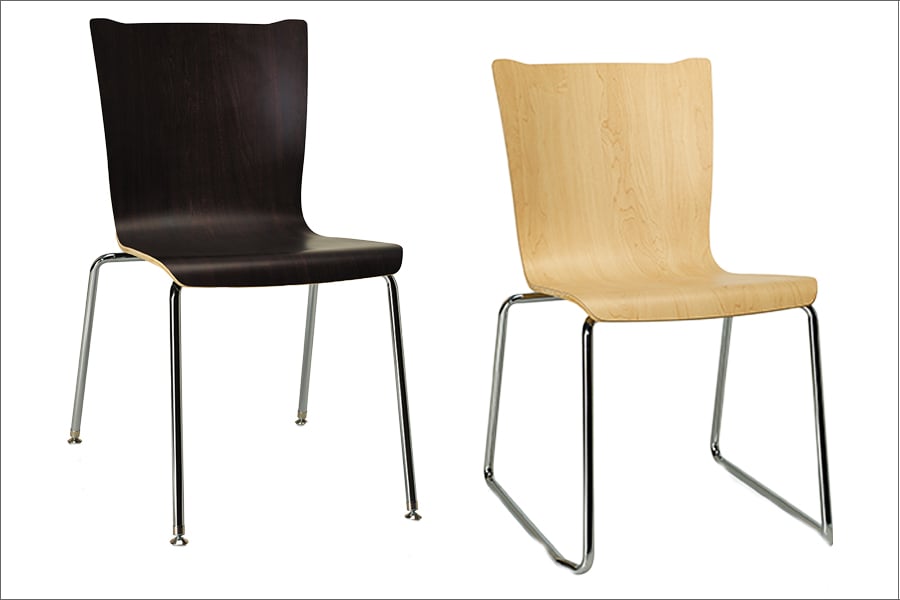
Base Options
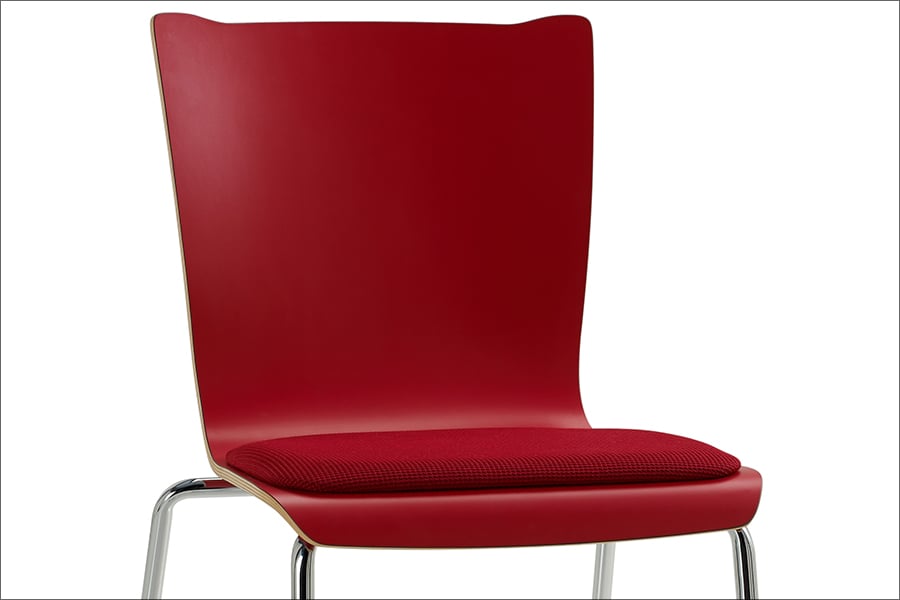
Comfort
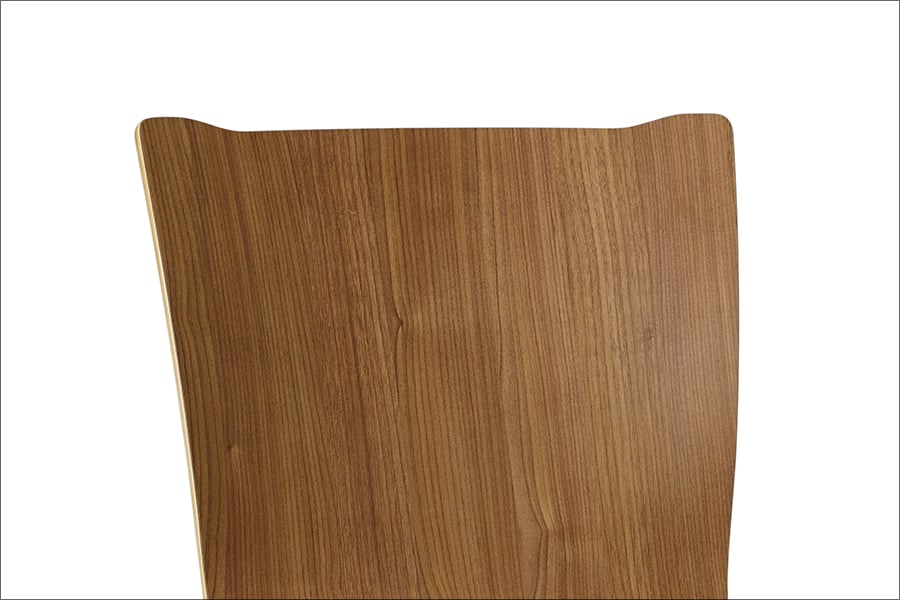
Hang-Ability
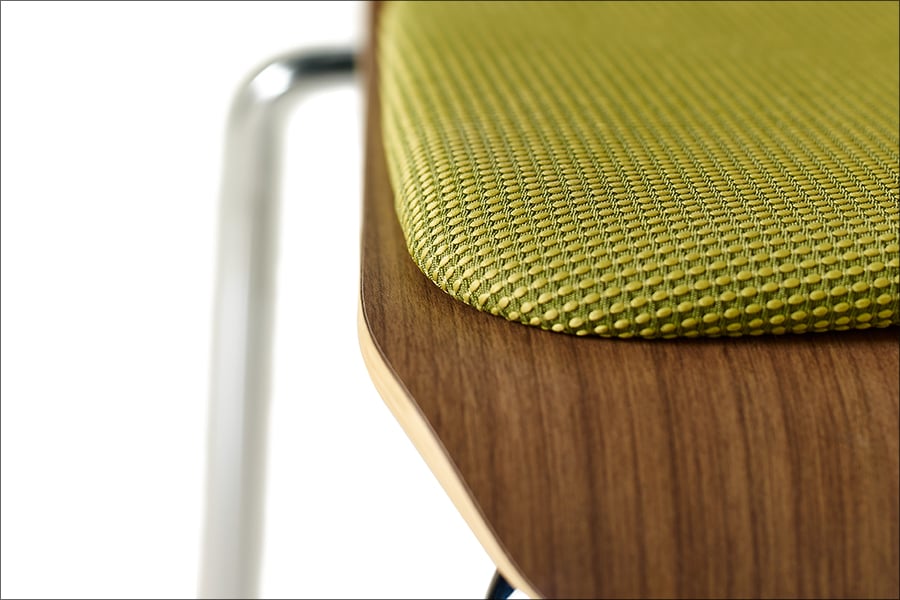
Material Options
List Price Starts At
$498 – $693
Lead Time
6* Weeks
*For Apply stack chair dollies, lead time is 7 weeks. For an order quantity greater than 100 units of Apply stack chairs, please contact customer service for lead time.









